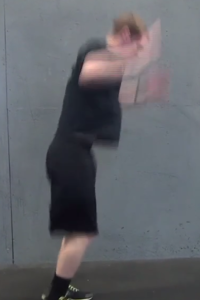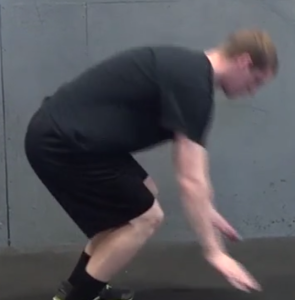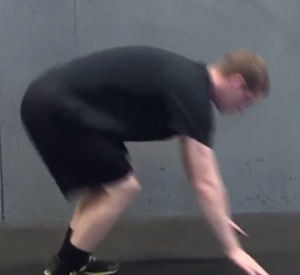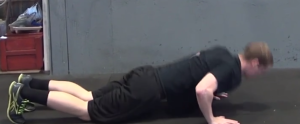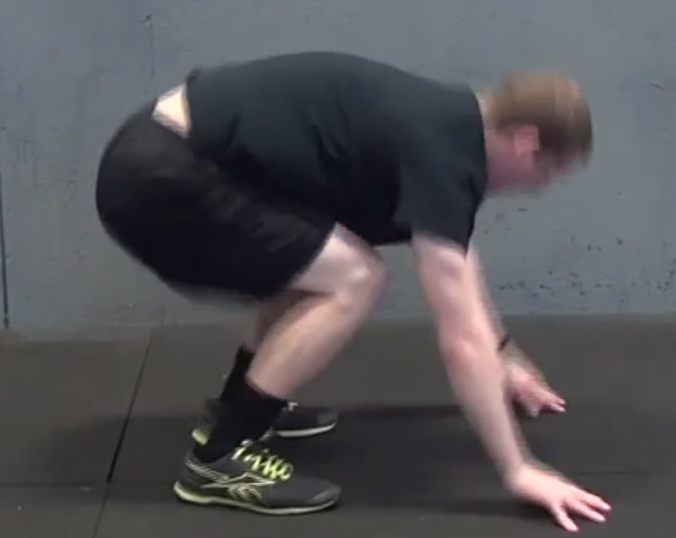This article is going to briefly cover what goes on during the rehab process of a torn ACL after surgery. If you have just torn your ACL, this article can be used to give you an idea of what you can expect for the following months.
(Step 1) Immediately After Surgery
The Journey Begins With Rest
After your surgery, it is considered standard protocol to leave the hospital with your knee in the fully extended position. You will want to do your best to limit and motion or bending in the knee for first five days. These 5 days should include bracing and icing.
(Step 2) 5 Days Post Surgery
Increase Your ROM (Range of Motion)
After Step one of resting, icing, and bracing, you will want to do your best to regain full range of motion. There are a number of different ways to do so, much you must be very careful in these beginning stages. Pushing too hard, through pain, or doing exercises incorrectly can be very counter productive and harmful, potentially setting you back rather than speeding up your recovery.
Do not attempt to walk on your leg without crutches until you are able to walk normally without any limping or dysfunction. As a good reference for you, a third party should not be able to notice that you have any problem or trouble with your knee when you walk. You can expect to be walking normally after a month post surgery, give or take. If you do not reach this point by the one month mark, DO NOT push harder. Everyone is different genetically and recovery times will vary because of this. I’ll remind you that pushing too hard can cause your recover to move slower.
(Step 3) Strengthening
Quads, Hamstrings, Hips, and Core
As swelling begins to decrease, and your range of motion increases, you will want to begin strength training of the lower body, specifically around the quadriceps, hamstrings, hip stabilizers, and core to support your knee joint. The exercises you perform should consist only of closed-chain exercises, which mean your feet are planted on the ground when the exercise is performed. You may also begin low impact exercise like spinning – and gradually move to the elliptical.
One of the biggest struggles you will have in your rehabilitation process is to regain the strength of your quadricep muscle (the muscle directly above the knee cap on the front side of your leg). Because your leg was extended for such a long time and limited the range of motion to this muscle, it naturally atrophies (becomes smaller) and loses it’s strength. One of the main goals in your rehabilitation in your rehabilitation program should be to regain strength here.
NOTE: If you try to ever push through pain, your knee and quad will begin to swell and your quad will begin to lose function again, and causing it to atrophy once more. This is moving backwards in the rehabilitation process, and exactly what you want to avoid. I will stress this again – you cannot push through pain in an ACL repair so do NOT do so.
Running should not be attempted until the muscles listed above (quadriceps, hamstrings, hip stabilizers, and core) can fully support the knee. If you try to run when the muscles don’t support the knee, pain and swelling will return. Typically, it takes 3-4 months of strengthening the quadricep muscle before it is strong in enough to begin running. (See “Fast Knee Rehab ACL Survival Guide” for Tests to see if you’re ready to run)
Running
3-4 Months Post Surgery
You should engage in low-intensity agility exercises to warm up before you begin your running. These exercises can consist of light jumping, skipping, and shuffling. Just like everything else, you can progressive increase the intensity of these exercises as your supported muscles strengthen. If you’re an athlete, this is a time you can eventually start to implement sport-specific exercises.
When you begin to run, start out by just moving a minute or two at a time. You want to keep your speed around 5-6mph, and it’s okay to be flexible with this because like I said, every person is different. If you are able to go longer without difficulty, you can do so. If you feel it’s too difficult, you can go for a shorter duration. If you feel pain or start to swell, it’s time to untie the laces and take a break.
(Step 4) Regain Confidence
Get back to what you love
As your able to run for longer periods of time, and progress in your warm up exercises, you can eventually move to sport/activity specific exercises. These are extremely beneficial because it helps reactivate the old neuromuscular pathways that were used in previous sports. Once you reach this point, you are well on your way to recovery, and the feeling of getting back to your sport, with less intensity of course, is extremely exciting and fulfilling.

